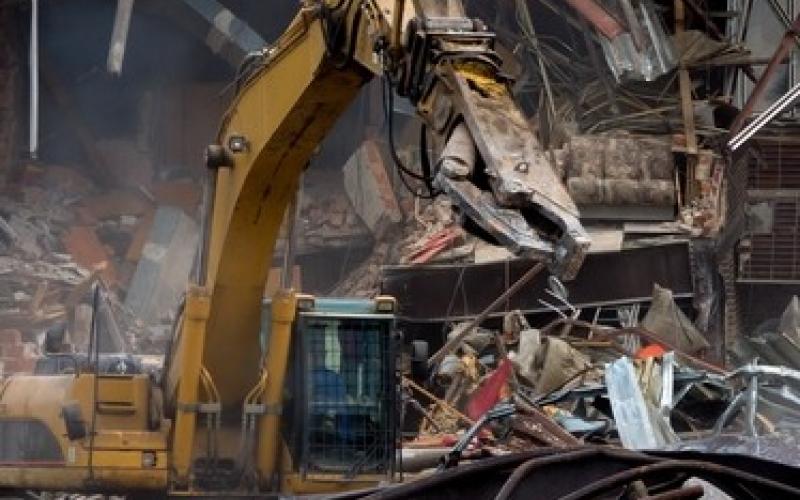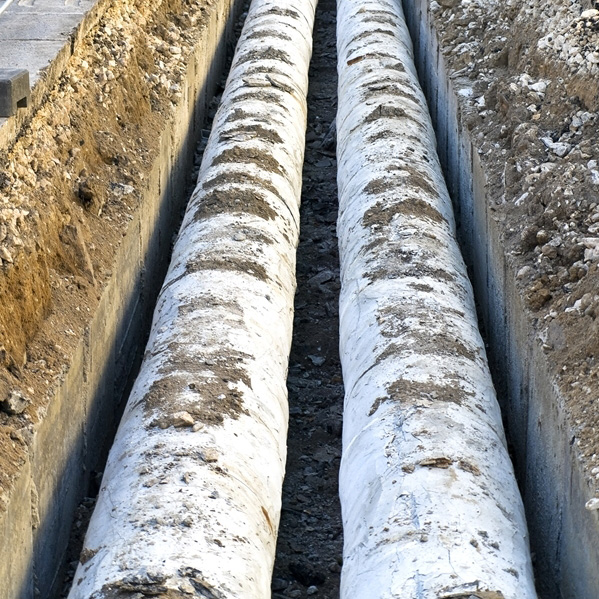Structural wood as secondary resources

Structural wood as secondary resources
Analysis of wood in demolished building stock of south-east Germany during 2011 reveal 45% can potentially be recovered for secondary uses.
Original Paper:
Höglmeier, K., G. Weber-Blaschke, and K. Richter. 2013. "Potentials for cascading of recovered wood from building deconstruction – A case study for south-east Germany." Resources, Conservation and Recycling 78 (July): 81-91. DOI: http://dx.doi.org/10.10.1016/j.resconrec.2013.07.004.
Resource scarcity is a pressing issue when considering the use of primary raw materials in building construction as cities adjust for population growth. However, most buildings undergo a number of variations in use and renovations during their lifetime, and are often demolished to make room for even greater changes. Tremendous amounts of natural resources, energy, and labor are embodied within building materials, which are often sent to landfills when buildings are demolished.
A group of researchers from the Technische Universität München published a recent study looking at the potential recovery of wood from building deconstruction in the southeastern region of Germany (Bavaria) in Resources, Conservation and Recycling. Building stock data for Bavaria were obtained from the German Architects Association and the Bavarian Statistical Office. Building material types were analyzed to estimate the amount and quality of wood contained in the Bavarian housing stock. The majority of wood was found in residential buildings as part of roof structures, walls, and ceilings. The authors note that effective wood recovery efforts should thus focus on those areas where high amounts of salvageable wood can be extracted for secondary uses.
Forty-five percent of the recovered wood from building deconstruction in Bavaria can potentially be used as raw material for particle- or fiberboard production. Roughly one quarter of the total recovered wood (26%) in the Bavarian building stock can be classified as structural components for reuse. Possible secondary uses for this particular wood are as part of a load-bearing structure, application in interior design, or use as boards and planks. However, current regulations do not allow recovered wood to be used in load-bearing structures. The authors noted this regulatory inefficiency in considering the potential to better utilize large amounts of recovered wood should regulations change in the future.
Despite progressive closed-loop system legislation in Germany and elsewhere, much work remains in terms of efficient deconstruction of buildings to extract wood and other salvageable materials in good condition. A reliable flow of reusable resources is another important factor, especially if recovered resources are to be used as material inputs for new products, such as particle boards. Furthermore, the perception of "waste" as inferior resources needs to shift to being that as "post-production assets," where the embodied carbon, energy, and labor can be recaptured and reused at the end of a product's life.




